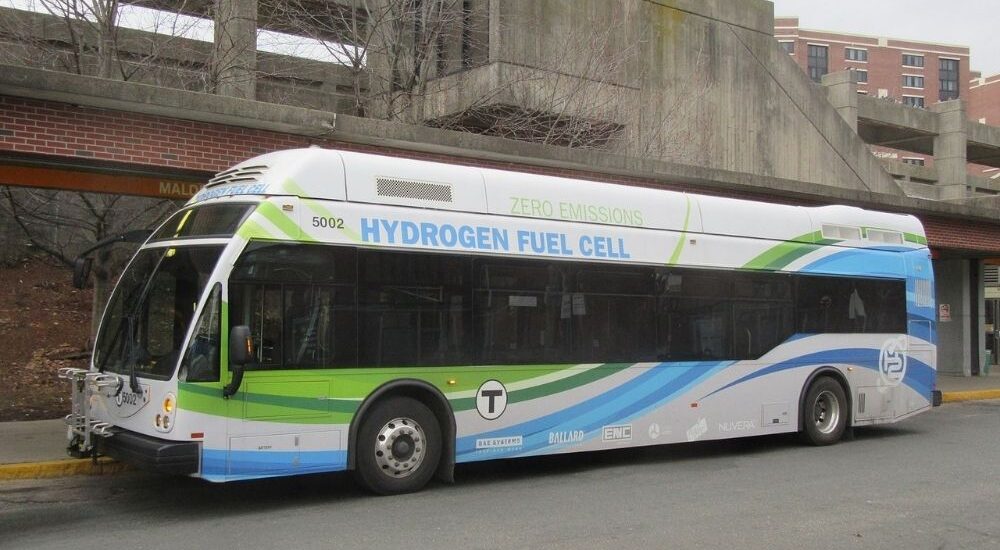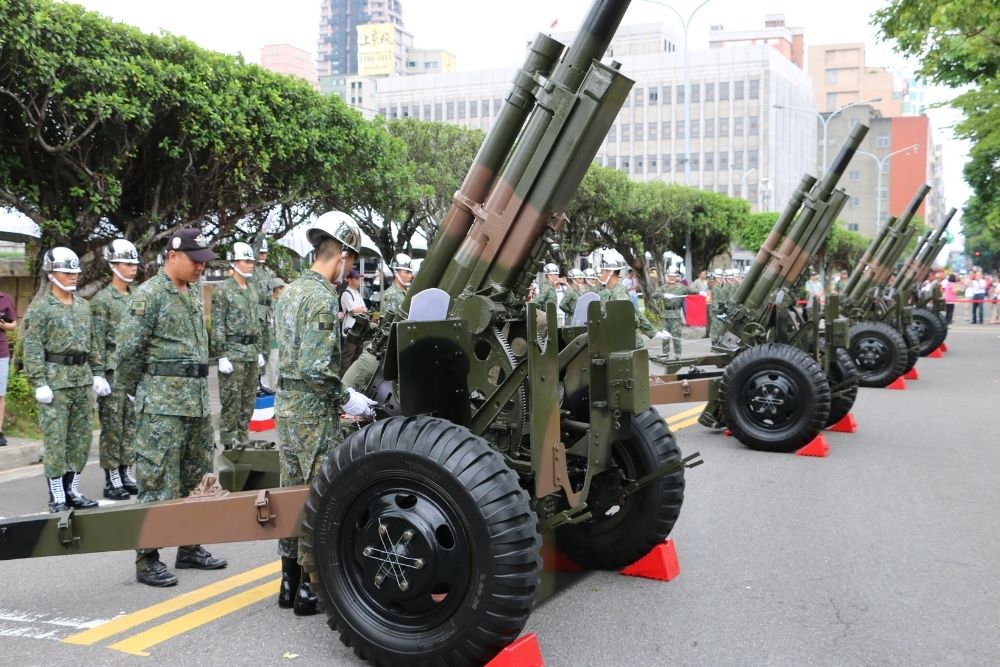India sets emission rule for green hydrogen classification
- August 20, 2023
- Posted by: Quatro Strategies
- Categories: ESG & Renewable Energy, India

The Indian government has established a crucial emissions limit for the production of “green” hydrogen from renewable sources. The Ministry of New and Renewable Energy announced that in order to be classified as “green,” every kilogram of hydrogen produced should have emissions limited to two kilograms of carbon dioxide. This move aims to provide clarity to the green hydrogen production landscape in India.
With this new notification, India becomes one of the pioneering countries globally to define green hydrogen production. The ministry’s statement outlines the emissions that will be considered within this classification.
India has ambitious plans to establish itself as a global hub for green hydrogen production. The country aims to achieve an annual production target of 5 million metric tons of green hydrogen by 2030. This scale of production would contribute significantly to carbon emissions reduction, saving over $12 billion in fossil fuel imports.
Currently, the bulk of hydrogen consumed in India is produced using fossil fuels. Green hydrogen is produced through the electrolysis of water molecules, with the key question being the energy source and associated carbon emissions involved in the production process.
Earlier this year, officials indicated that India was suggesting a lower emissions limit of 1 kilogram of CO2 for green hydrogen, which has now been set at 2 kilograms. Although commercial-scale production is expected to commence only in 2026, India is actively negotiating bilateral agreements with countries like the European Union and Japan for future green hydrogen exports.
Interested in learning more?
Sign up for Top Insights Today

Top Insights Today delivers the latest insights straight to your inbox.
You will get daily industry insights on
Oil & Gas, Rare Earths & Commodities, Mining & Metals, EVs & Battery Technology, ESG & Renewable Energy, AI & Semiconductors, Aerospace & Defense, Sanctions & Regulation, Business & Politics.



